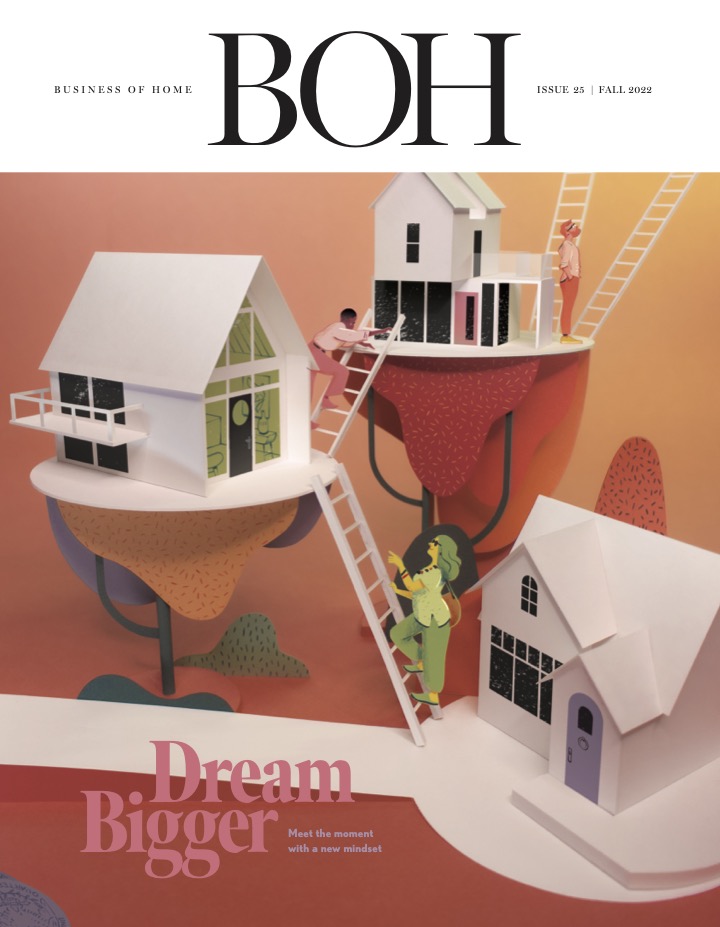Since attending the IIDA NY forum “The Evolving Workplace: Change or Adapt,” office furniture company Innovant has been exploring the idea of the changing workplace in greater depth.
The company, which has a flagship showroom in New York City and others across the country, interviewed journalist Greg Lindsay, who participated in the forum and offered intriguing theories and relevant anecdotes about 21st century ways of work and places for work.
“Greg is a true thought leader in the industry,” said Deborah Herr, marketing director for Innovant, who conducted the interview. “He makes convincing statements that allowing employees to choose their own workspaces will help drive innovation and result in the production of better work.”
One of Lindsay’s theories is what he calls “the blurring of the office and the city.” In his two-part interview with Innovant, he suggests that this blurring will provide employees with inspiring experiences, as well as a range of environments and work modes to choose from, which will ultimately serve as a way to increase productivity and enhance the quality of work produced.
Editor at Large dissected Lindsay’s theories and compiled the highlights below:
- One size does not fit all. The open office plan is never going to go away, just like the cubicle is never going to go away, but working statically in the same place for 8-10 hours per day is ineffective. People need to “keep the juices flowing” and “mode switch” throughout the workday to stay productive.
- The idea of “the office” is reaching its functional limit. There is a struggle to come up with new and fresh ideas when you see the same people in the same place, every single day.
- The idea of the “desk” is also changing. Employees should be able to choose from different “desk” options, whether it be your own desk, a co-workers desk, a different desk in a different office on the other side of the city, a desk at home or a table outside.
- The “standing desk” is becoming a huge trend. It is part of the larger idea that where and how you work should be a choice, and that people no longer have to sit in an uncomfortable chair at an uncomfortable desk. The idea “sitting is the new smoking” may make this trend a U.S. “crusade” in the near future.
- Electronics are extremely portable and people are tending to take their “work” to more unconventional places just because they can. Companies need to re-imagine the workplace, just because employees aren’t sitting at their desks, doesn’t mean they aren’t being productive.
- Google is a great example. The company created the “people analytics group,” a dedicated analysis group to study how people work. The chronic “water cooler” metaphor is getting old, companies need to come up with better ideas of brining people together than around a water cooler, coffee machine or food. Lindsay hopes that the Google group study may suggest new ways of bringing people together.
- The workplace of the future is merged intimately with the other environments around it. There should be environments that exist either to put your head down and work alone, or be involved in socializing; either plugged into the “cloud” or really involved in physical space with people, while executing multiple work modes.
- In the workplace of the future, the people surrounding an employee on any given day may not be colleagues. Instead, employees can chose a space because it’s designed for the kind of work he or she wants to do and it houses the kind of people he or she needs to work with (or not work with).
- Employers will want to give employees the flexibility of choice not because they’re warm and fuzzy, but because they simply want the best work from them. The key to all of this is choice, something people don’t normally associate with going to work.
In the future, Lindsay is putting together a team of architects, data scientists and researchers to explore his own questions, including:
- What new styles of work, collaboration and organization are emerging in cities?
- What kind of environments will be disrupted by these shifts?
- What solo vs. group work patterns exist, how are they evolving, and how can they be mapped, understood and enhanced?
- How can new ways of organizing work in cities make people more creative, productive and happy?
- And what are the benefits of doing so—better retention rates? Higher productivity? Greater innovation?
- And how do we measure any of this?
To read the complete interview, click here.





















